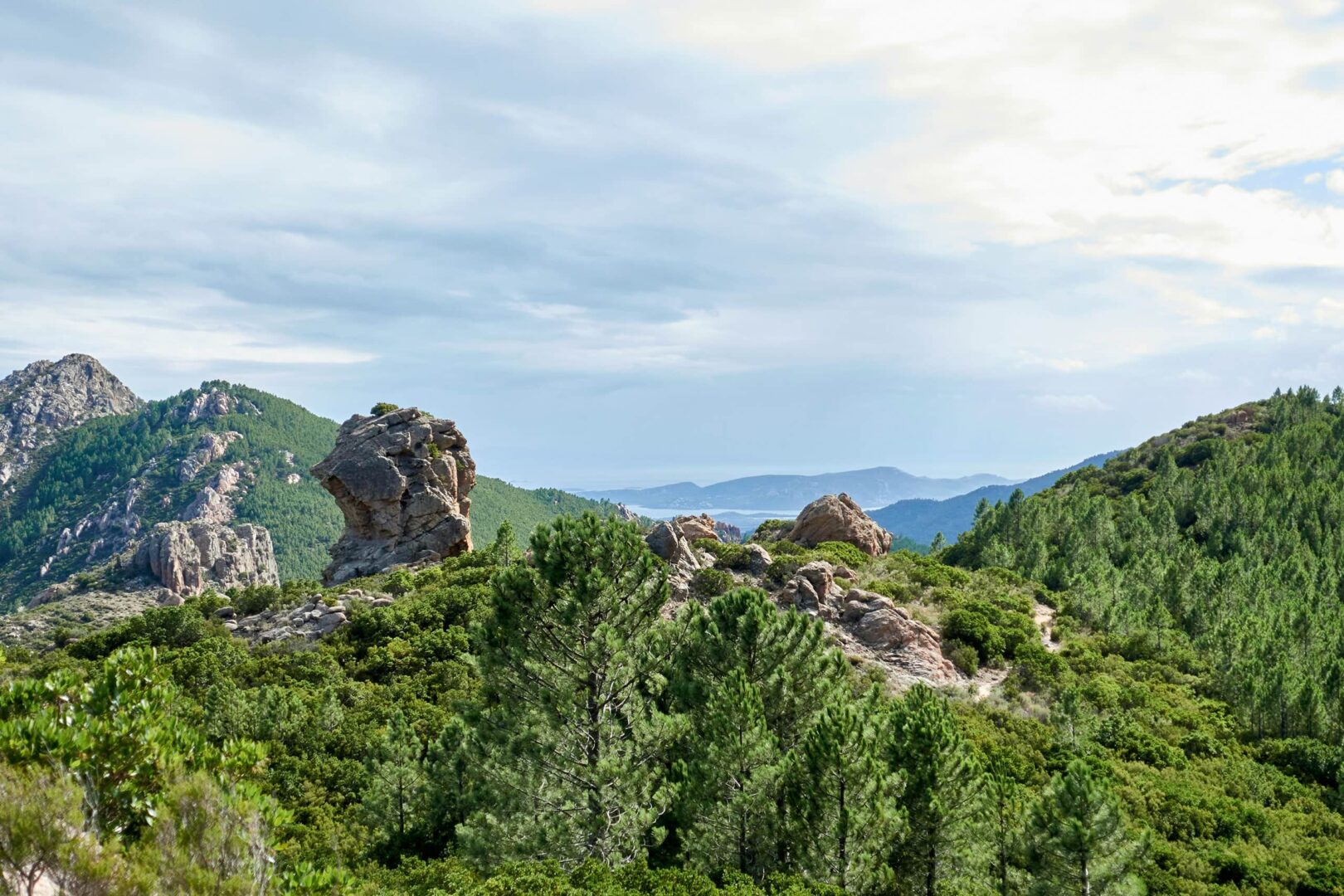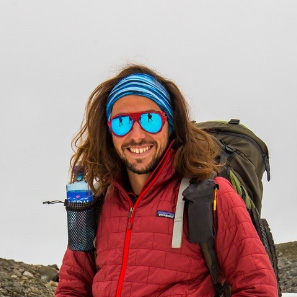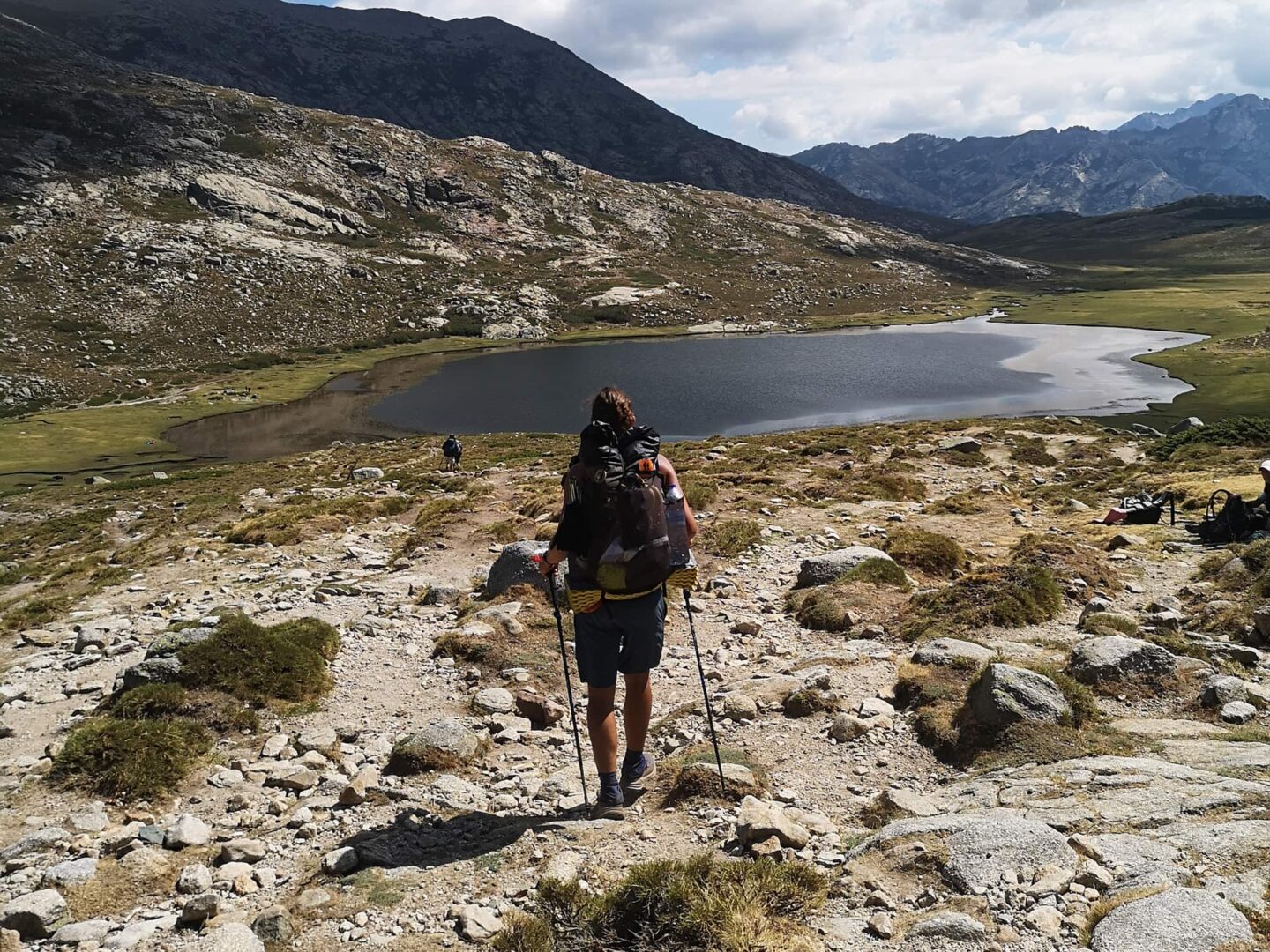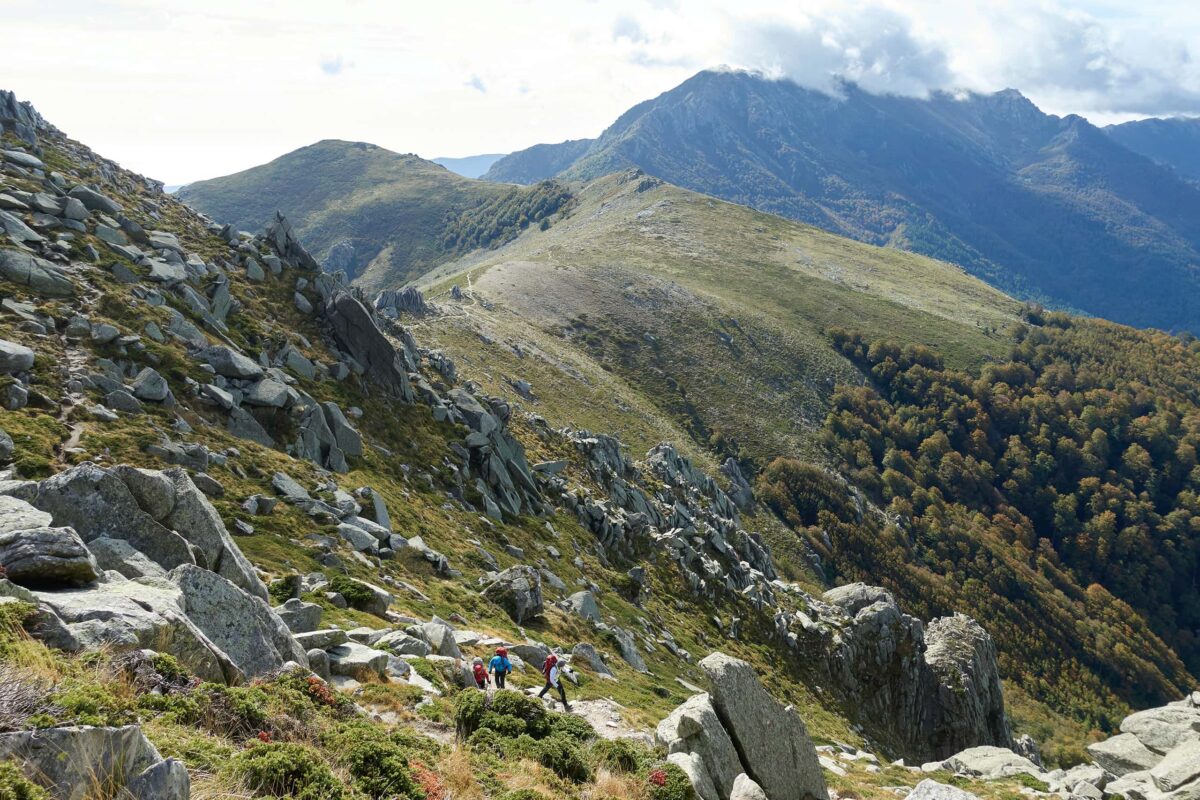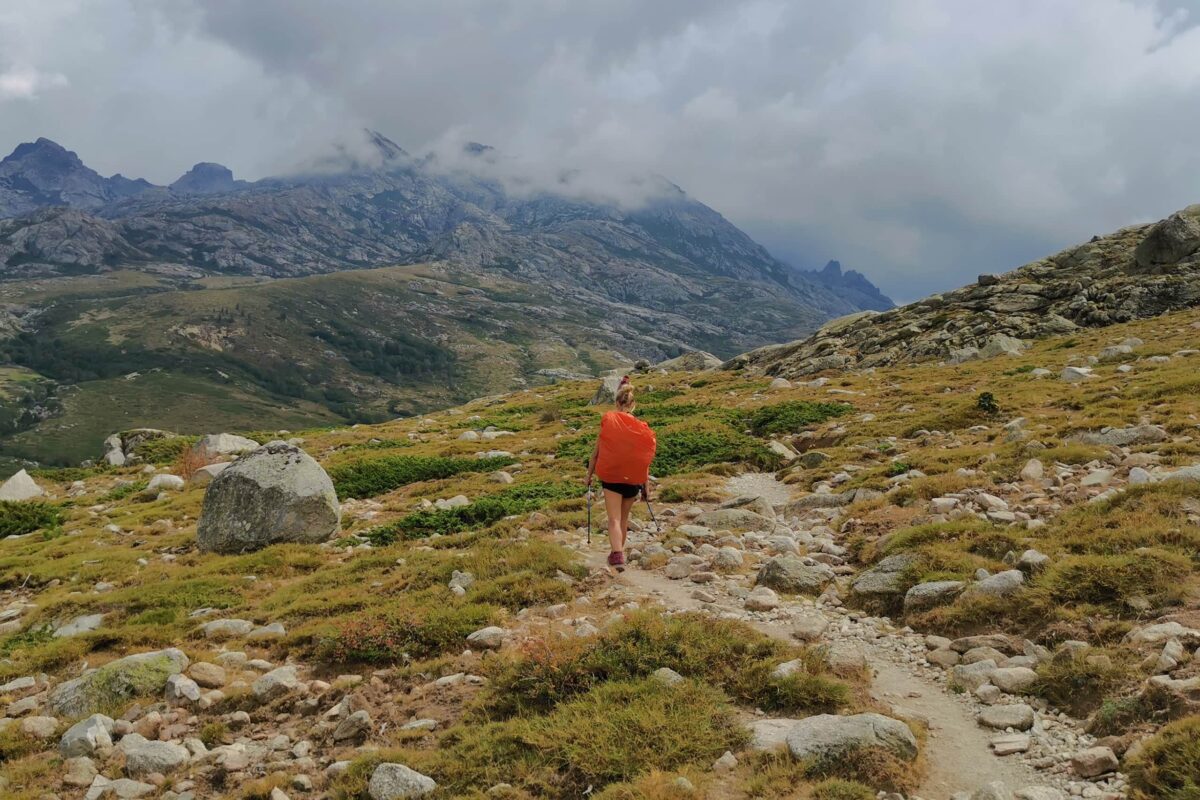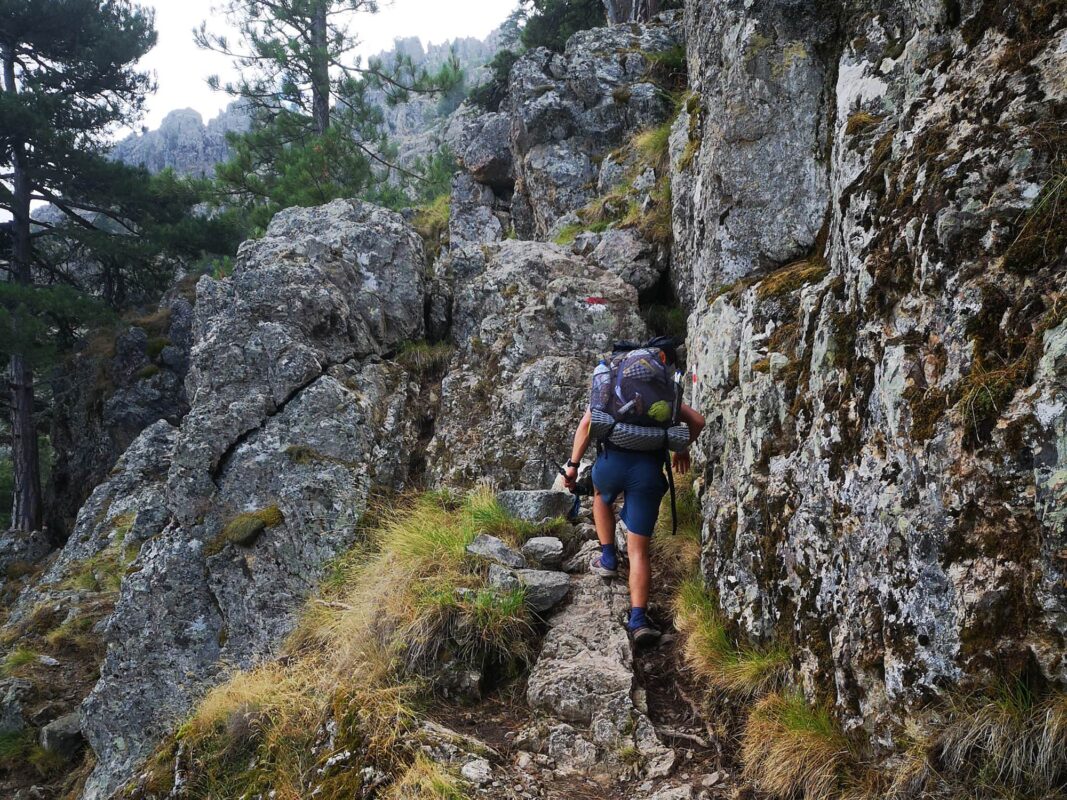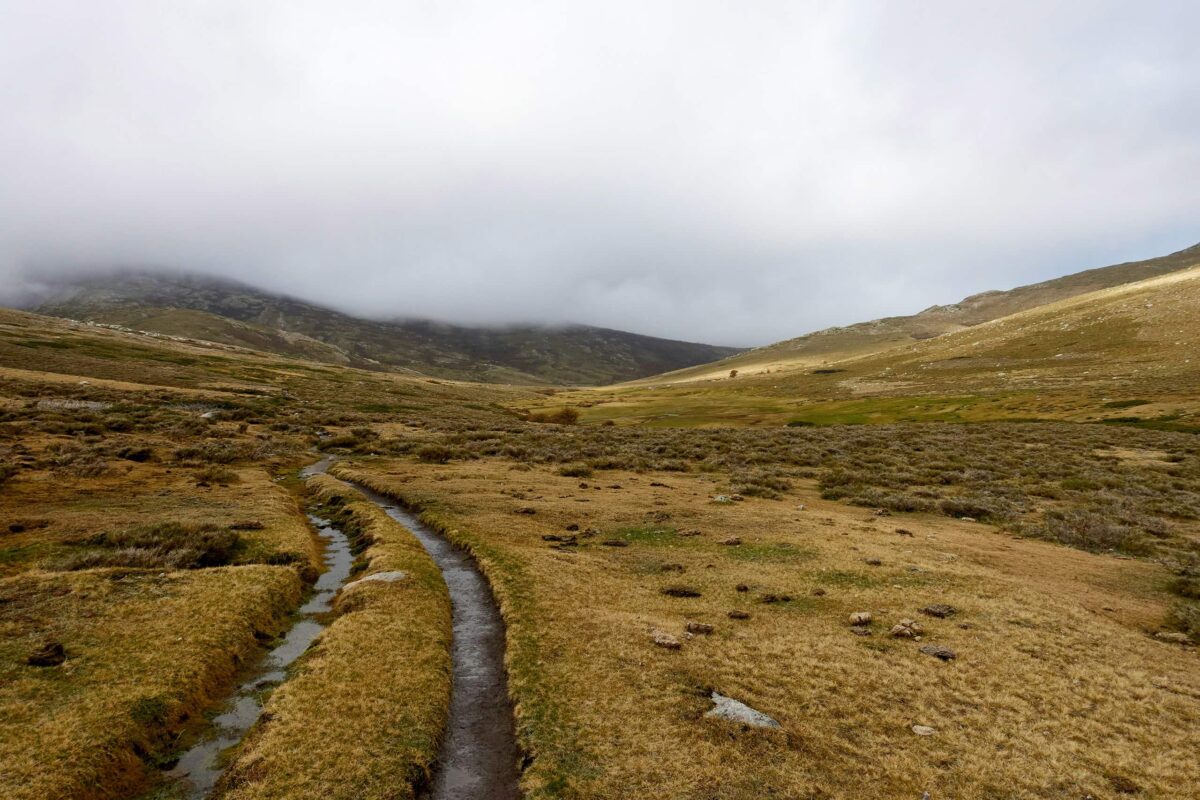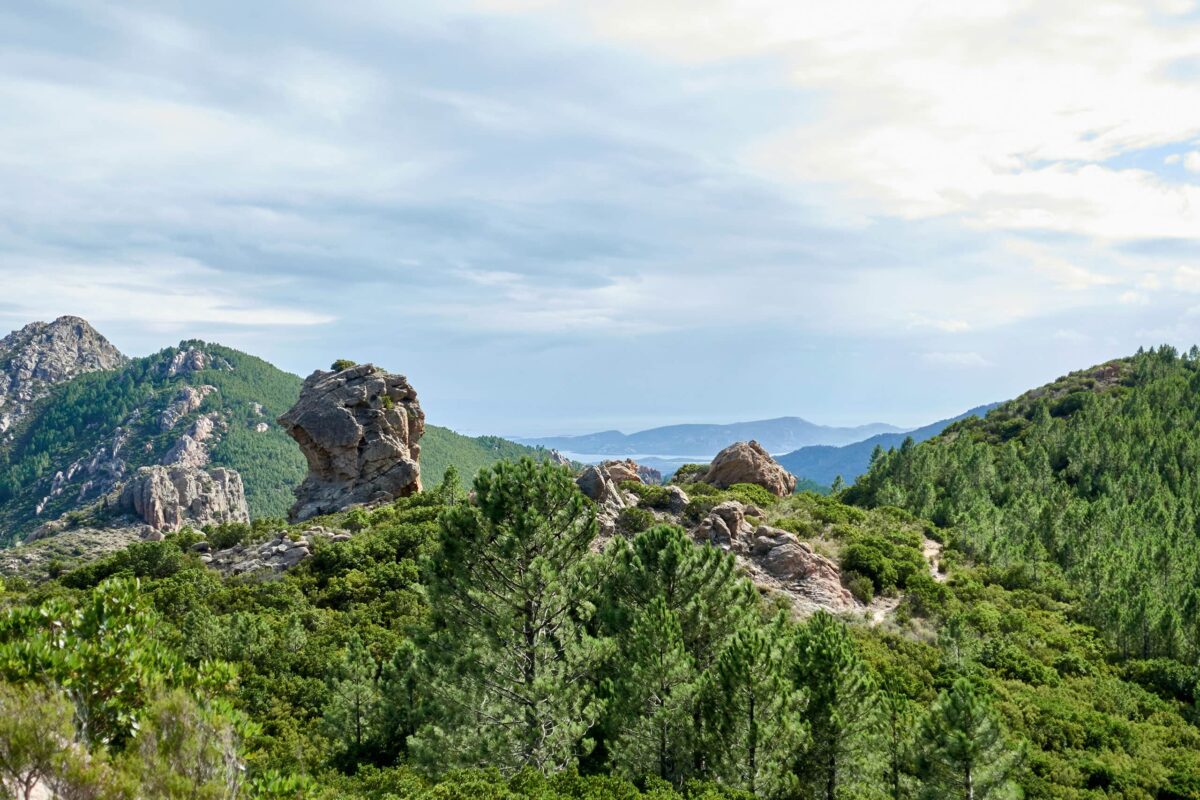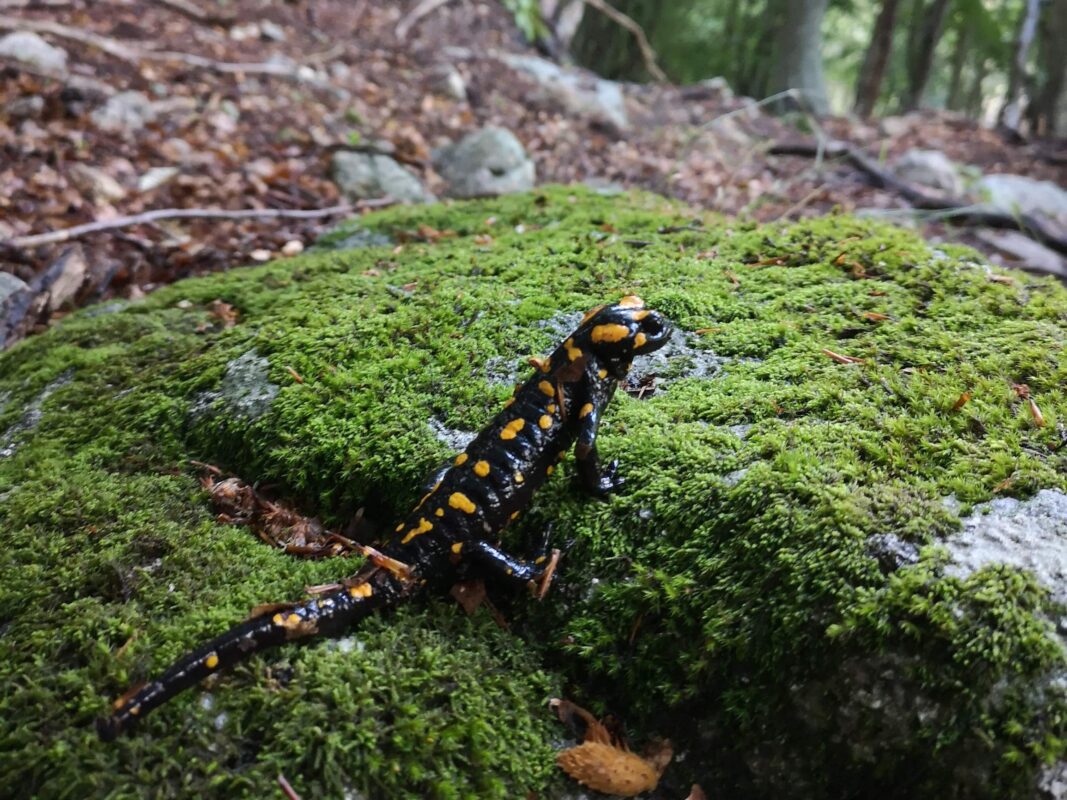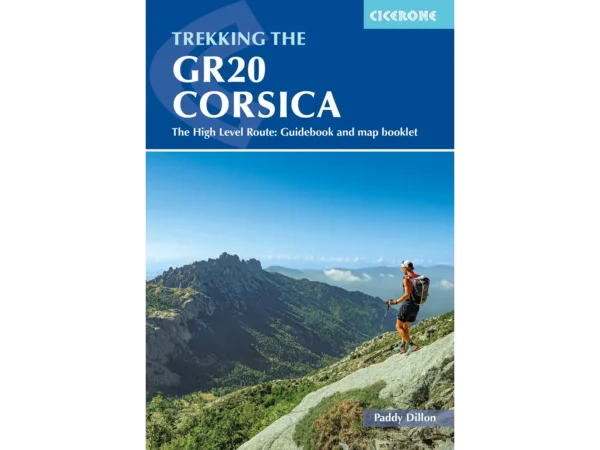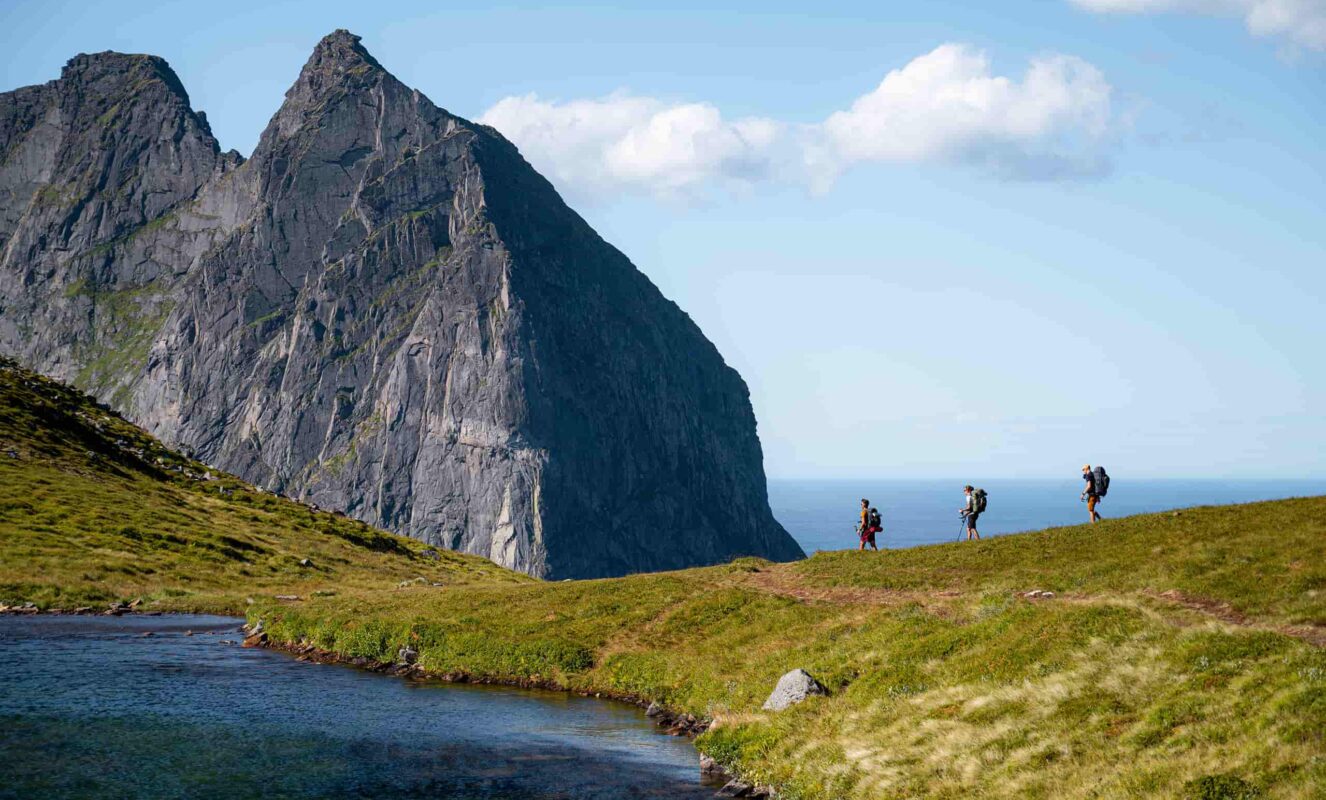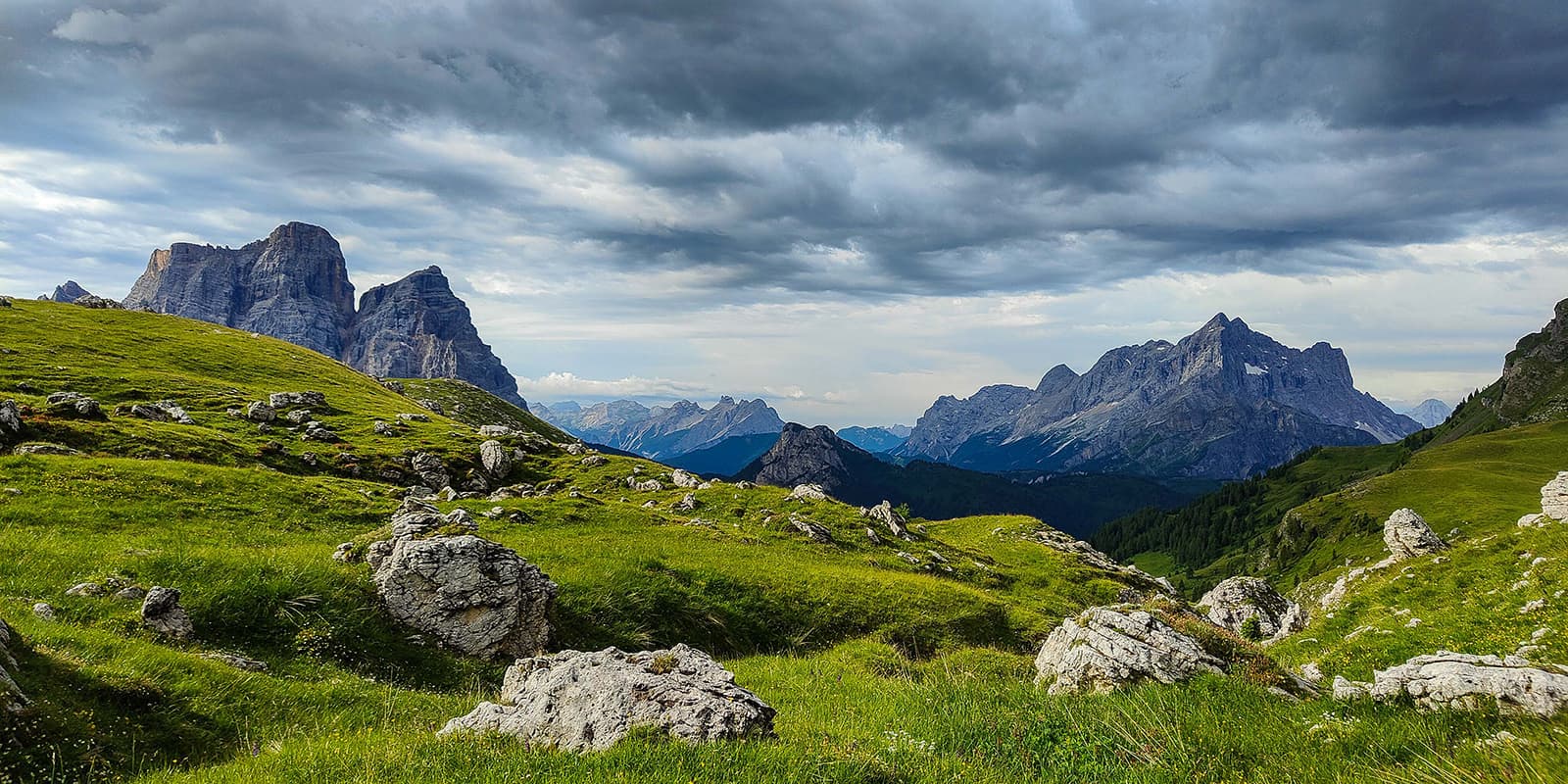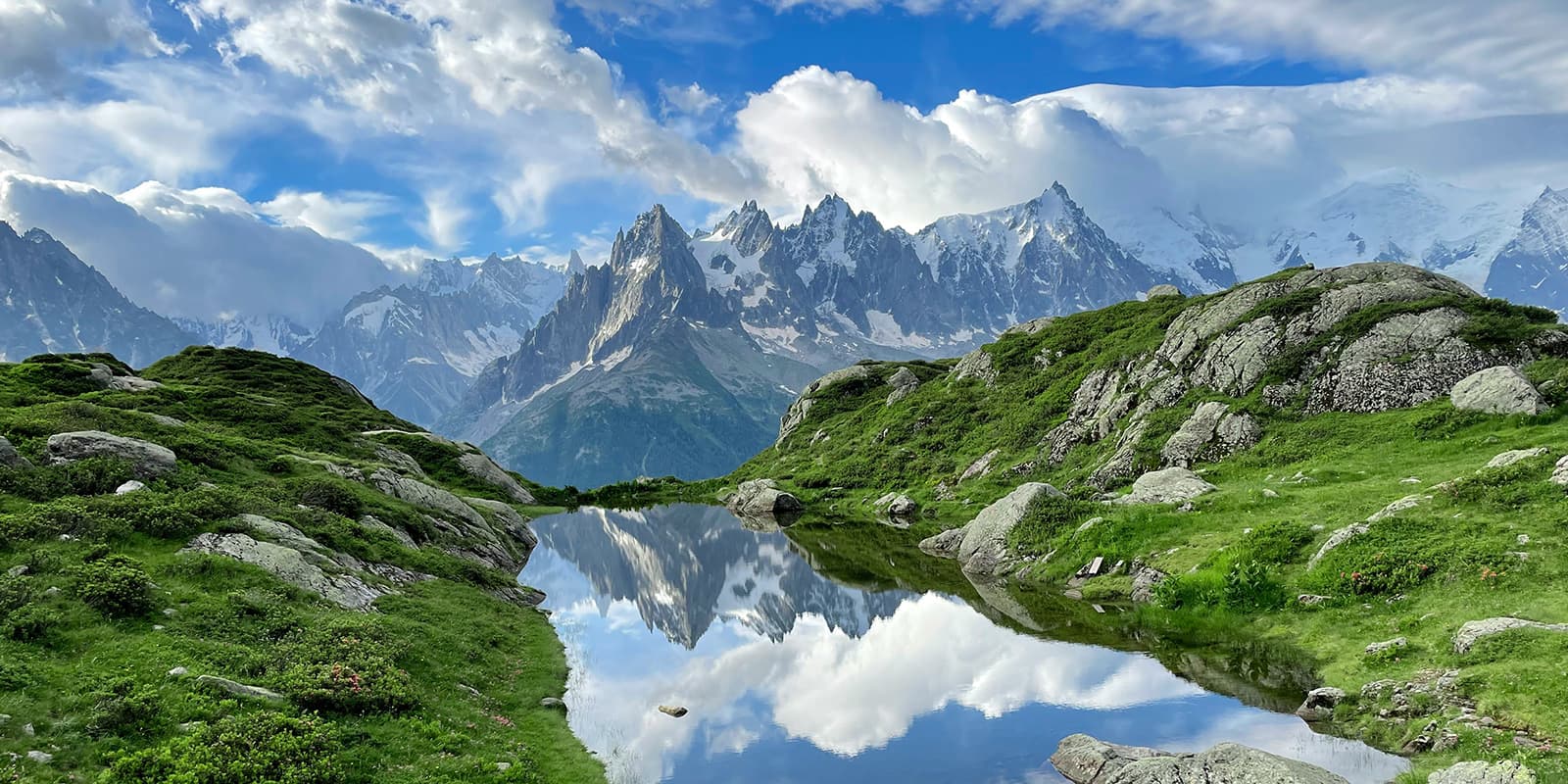Wild camping is strictly forbidden as you mostly hike through national parks. Luckily, camping is still allowed in designated areas. These are refuges or biwak-places that usually also mark your day’s hike end. Within these refuges, you can rent a tent, sometimes a bunk bed in a dorm room, or simply just pitch your own tent.
The prices vary from 7-12€ and are cheaper if you book in advance. These advanced bookings are highly recommended, just to save money. The National Parks don’t want the huts to have too much cash in their registers to avoid robberies. To achieve this, the National Park gives a discount to whoever books in advance via their website. You will have to have a loose plan at hand, to know when you will be where. Don’t stress out though, if you arrive a day too late or early, nobody cares and we personally never had problems getting a nice camp spot, even when arriving late.
There are also Farmers and Shepherds, who offer accommodation for about the same price, sometimes their premises are in an even better condition than the refuges.
All the places offer food to resupply and also cooked meals. In the evening, a hiker meal for around 20€ is offered (mostly pasta, wine, and a dessert).
Be aware, that almost no place accepts cards, as cell service is very thin up in the mountains, so make sure to have enough cash with you, as there are NO ATMs on the trail or in towns.
The campsites are mostly situated in beautiful flat areas that offer stunning views and breathtaking sundowns/rises.
Be aware that the resupply can be very pricey, as most of the food has to be brought up there by humans or helicopters. Half a liter of beer cost us 8€, a liter of wine was 10€ and a package of Pasta was 4€. Make sure to try the famous Corsican cheese and sausage!
Cooking stations with gas stoves are available in most places, so you could also just cook your own food in the evening.
You can book your accommodation here: PNR Corsica



